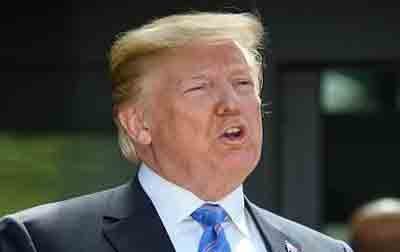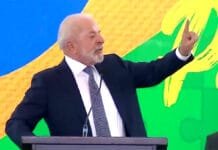Panama has made a significant geopolitical move by announcing its withdrawal from China’s Belt and Road Initiative (BRI). The decision comes after repeated warnings from former U.S. President Donald Trump regarding potential American intervention in the Panama Canal. The development positions Panama as the first Latin American country to step away from the ambitious Chinese project, signaling potential shifts in regional alliances.
Panama Ends Its BRI Agreement with China
Panamanian President José Raúl Mulino declared that his administration would not renew the agreement between Panama and China under the BRI framework. The decision follows extensive discussions with U.S. Secretary of State Marco Rubio, who had expressed serious concerns over China’s growing presence in the Panama Canal zone.
Mulino stated that his government is evaluating the possibility of terminating the BRI agreement ahead of schedule, emphasizing that national interests come first. The original agreement, signed in 2017 under a previous administration, allowed China to finance and develop infrastructure projects in the Central American nation. However, critics argue that such partnerships lead to excessive financial dependence on Chinese loans, a situation seen in other BRI member states like Sri Lanka.
Why Is Panama Leaving China’s Belt and Road Initiative?
Several key factors have contributed to Panama’s abrupt withdrawal from the Belt and Road Initiative:
- U.S. Pressure and Strategic Interests
- Washington has been vocal about China’s expanding footprint in Latin America, particularly in countries that hold strategic assets such as the Panama Canal.
- The Trump administration had previously issued veiled threats about reasserting U.S. control over the canal if China’s influence in the region continued to grow.
- Geopolitical Tensions Between the U.S. and China
- The U.S. views China’s investment in Latin America as a potential security risk, raising alarms over possible Chinese military or economic control over vital trade routes.
- By pulling out of the BRI, Panama is aligning itself more closely with Washington’s strategic objectives.
- Debt Concerns and Economic Dependency
- The BRI has been criticized for its “debt trap diplomacy,” where China provides loans for infrastructure projects that countries struggle to repay.
- Sri Lanka’s loss of control over its Hambantota Port to China serves as a cautionary tale for nations like Panama.
Trump’s Demand: Return Panama Canal Control to the U.S.
Former President Donald Trump has been outspoken about China’s involvement in Panama, calling for the Panama Canal to be returned to U.S. control. He argues that China’s activities in the region violate the 1977 treaty, which transferred canal authority from the U.S. to Panama in 1999.
The U.S. Response: Rubio’s Warning to Panama
During a high-level meeting with Panamanian leaders, U.S. Secretary of State Marco Rubio reinforced Washington’s concerns, stating that immediate action was needed to curb China’s presence in the Panama Canal region.
Rubio did not explicitly threaten military intervention but stressed that the U.S. is prepared to take necessary measures to protect its strategic interests. The U.S. government believes that China’s growing role in Panamanian ports and logistics hubs could pose a security risk to global trade and Western economies.
China’s Reaction to Panama’s Decision
Beijing has responded cautiously to Panama’s exit from the BRI, expressing disappointment but downplaying the impact. The Chinese government maintains that its infrastructure projects in Panama were mutually beneficial and that Panama’s withdrawal does not signal a broader trend.
However, geopolitical analysts argue that China’s influence in Latin America may be weakening due to mounting U.S. pressure. Other BRI signatories in the region, such as Ecuador, Chile, and Argentina, may now reconsider their ties with Beijing.















